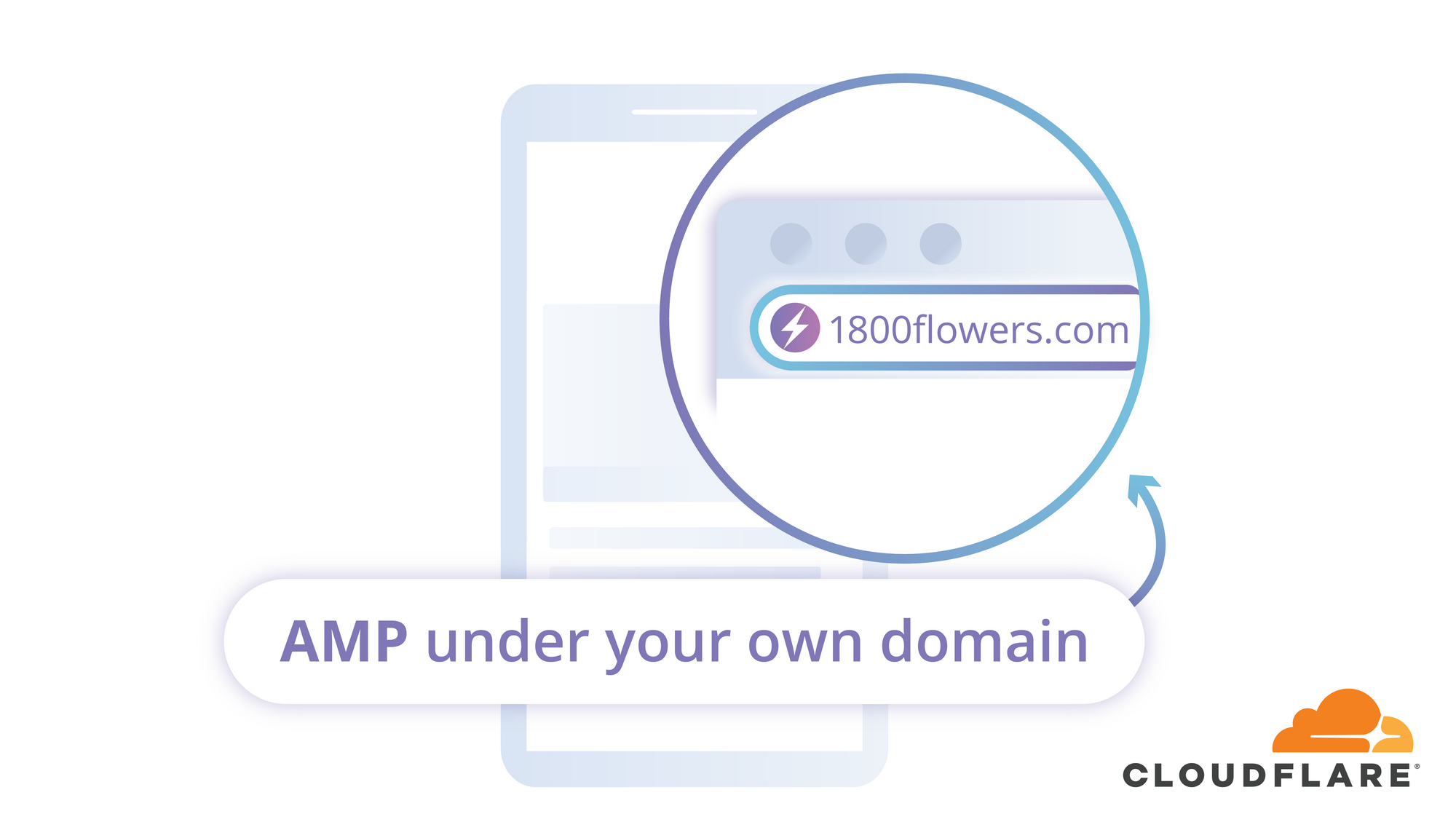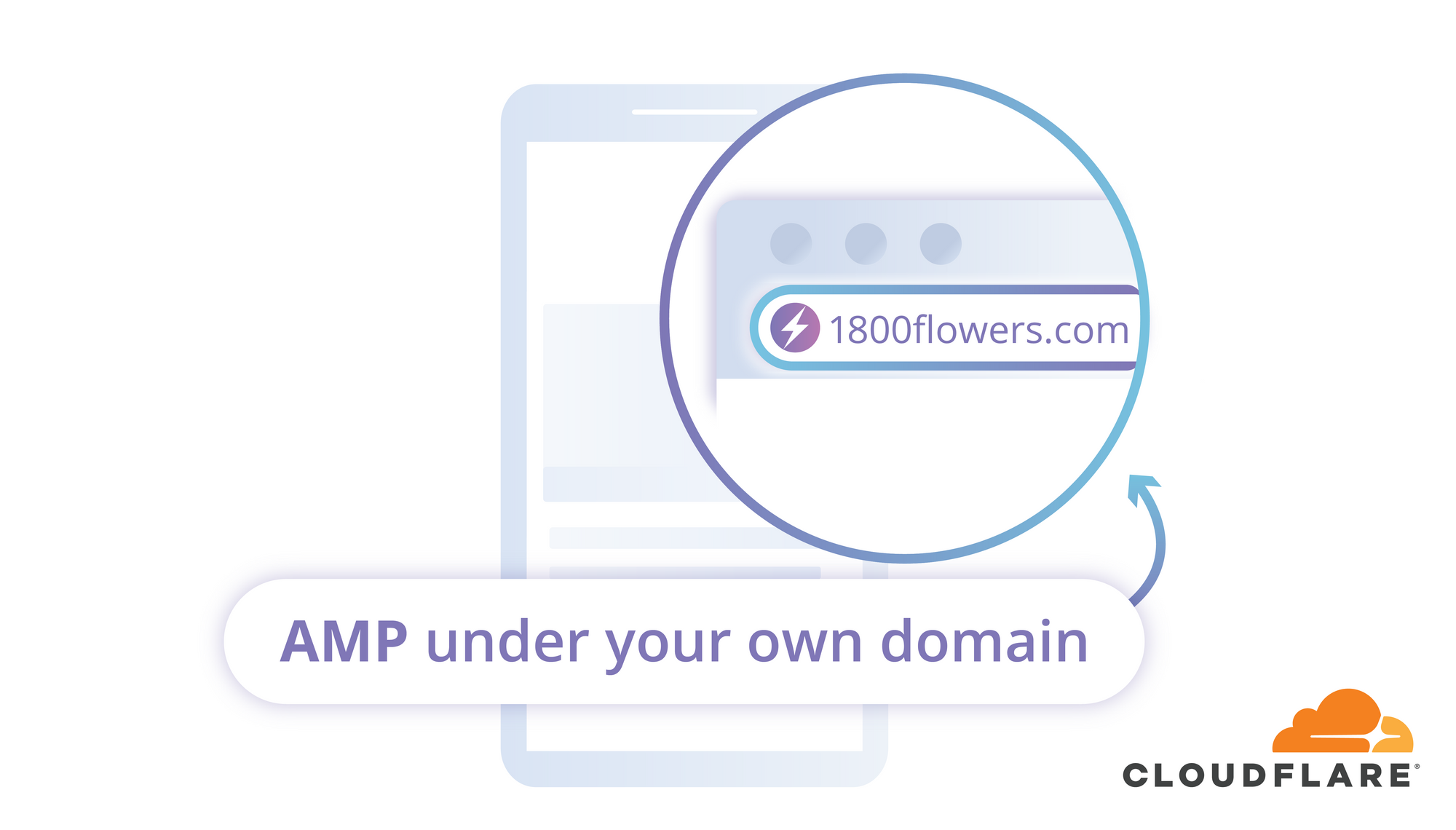Real URLs for AMP Cached Content Using Cloudflare Workers


Today, we’re excited to announce our solution for arguably the biggest issue affecting Accelerated Mobile Pages (AMP): the inability to use real origin URLs when serving AMP-cached content. To allow AMP caches to serve content under its origin URL, we implemented HTTP signed exchanges, which extend authenticity and integrity to content cached and served on behalf of a publisher. This logic lives on Cloudflare Workers, meaning that adding HTTP signed exchanges to your content is just a simple Workers application away. Publishers on Cloudflare can now take advantage of AMP performance and have AMP caches serve content with their origin URLs. We're thrilled to use Workers as a core component of this solution.
HTTP signed exchanges are a crucial component of the emerging Web Packaging standard, a set of protocols used to package websites for distribution through optimized delivery systems like Google AMP. This announcement comes just in time for Chrome Dev Summit 2018, where our colleague Rustam Lalkaka spoke about our efforts to advance the Web Packaging standard.
What is Web Packaging and Why Does it Matter?
You may already see the need for Web Packaging on a daily basis. On your smartphone, perhaps you’ve searched for Christmas Continue reading
 An IPO is on the horizon but being acquired is not. “We are fiercely independent,” Netskope CEO Sanjay Beri said.
An IPO is on the horizon but being acquired is not. “We are fiercely independent,” Netskope CEO Sanjay Beri said. The OpenStack Platform 14 update makes it easier to install and run OpenShift in that environment and to run Kubernetes-orchestrated containers on bare metal.
The OpenStack Platform 14 update makes it easier to install and run OpenShift in that environment and to run Kubernetes-orchestrated containers on bare metal. According to the OpenStack Foundation board the new strategy reflects the desire of OpenStack users. But Canonical’s CEO thinks it distracts from the group’s core mission.
According to the OpenStack Foundation board the new strategy reflects the desire of OpenStack users. But Canonical’s CEO thinks it distracts from the group’s core mission. The search and AI-driven analytics company also added new integration with the Google Cloud Machine Learning Engine.
The search and AI-driven analytics company also added new integration with the Google Cloud Machine Learning Engine.
 Municipalities that catalog their wireless assets and streamline their cell site approvals will be more appealing to wireless operators that are plotting their 5G deployments.
Municipalities that catalog their wireless assets and streamline their cell site approvals will be more appealing to wireless operators that are plotting their 5G deployments. The company's current global head of Customer Operations Ashish Chowdhary will depart Nokia on Jan. 1, 2019. He will take a leadership position at another unnamed company.
The company's current global head of Customer Operations Ashish Chowdhary will depart Nokia on Jan. 1, 2019. He will take a leadership position at another unnamed company.